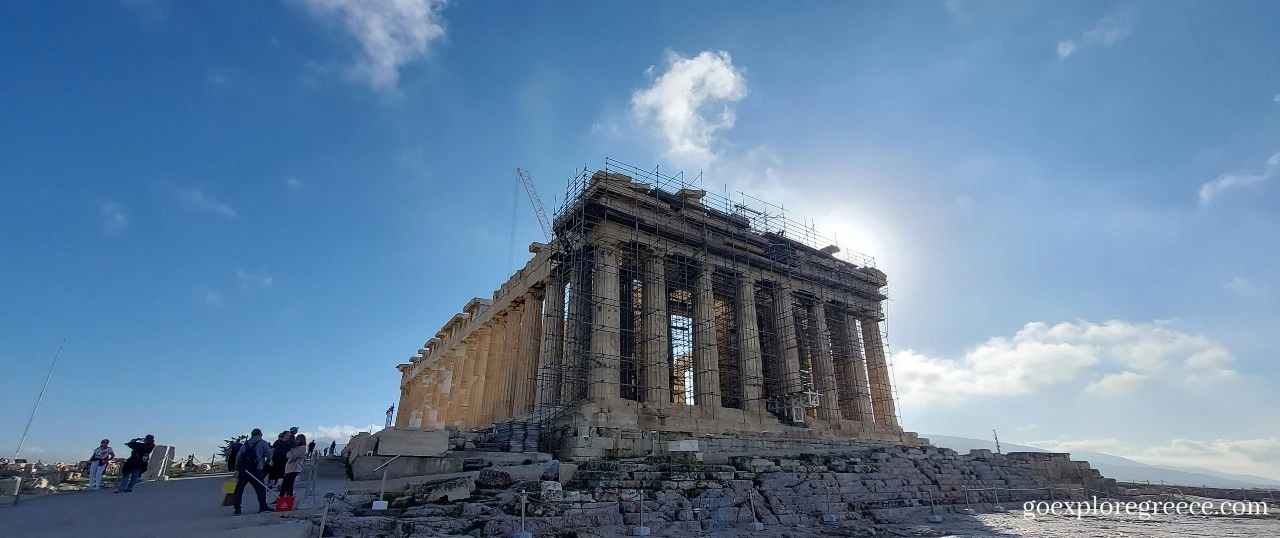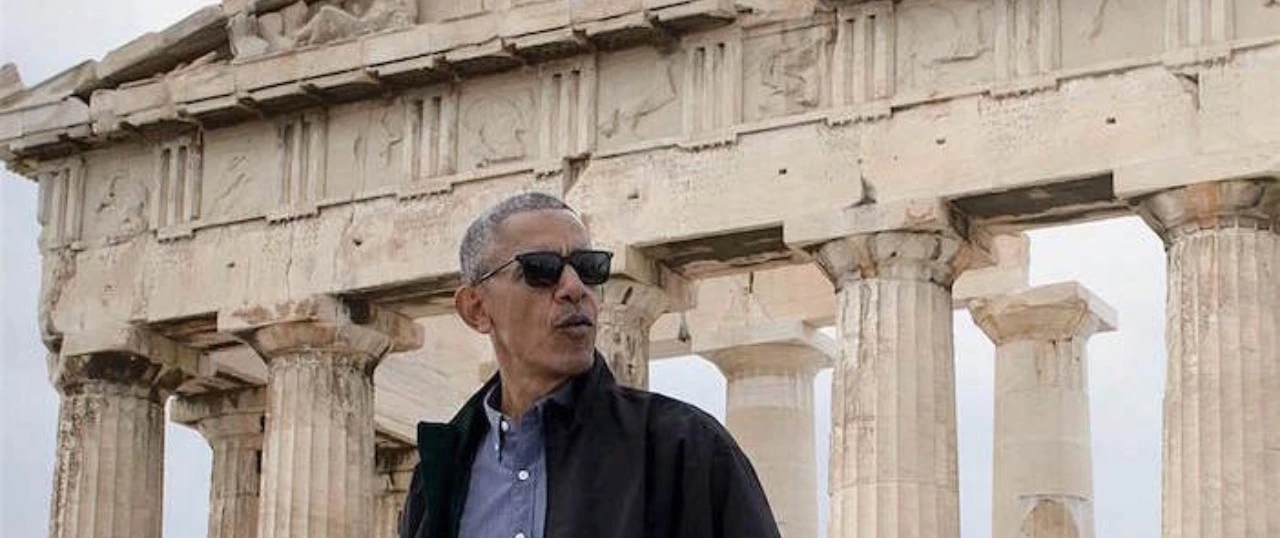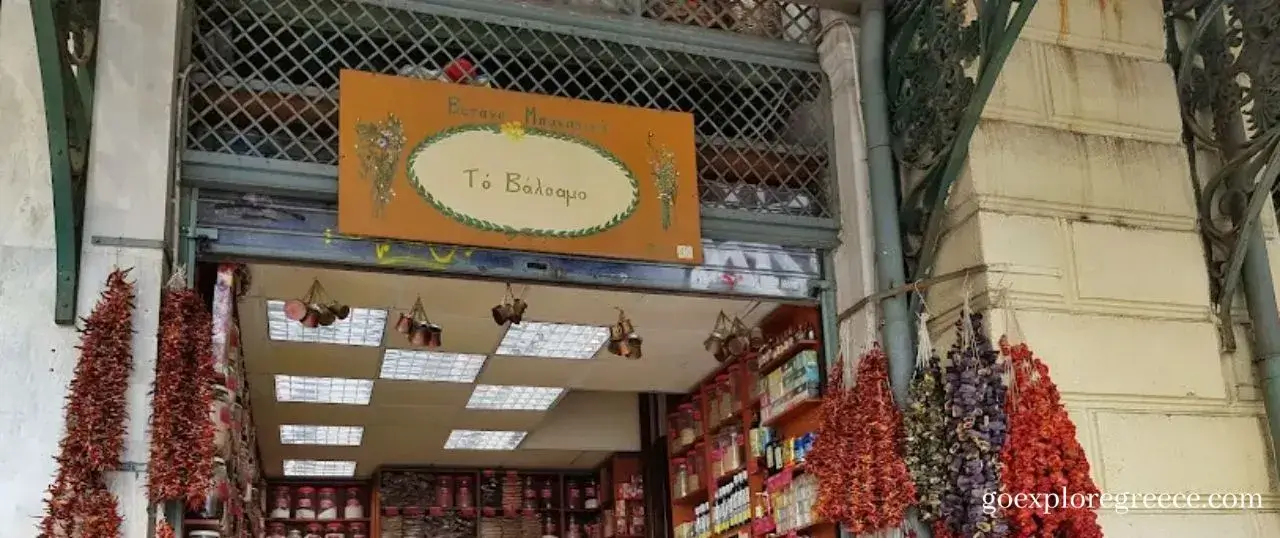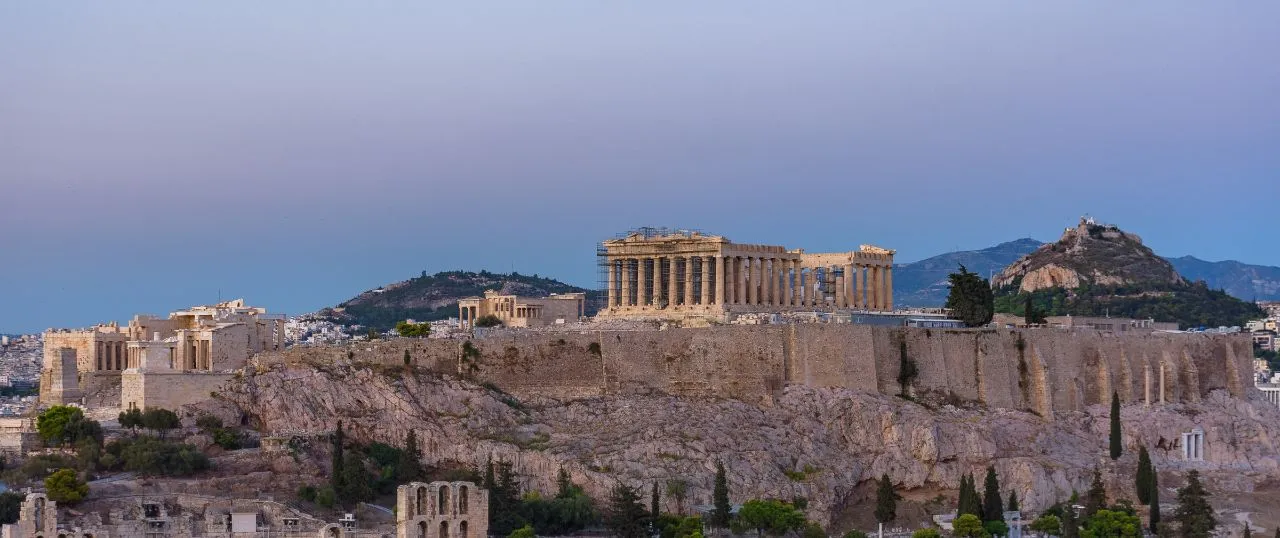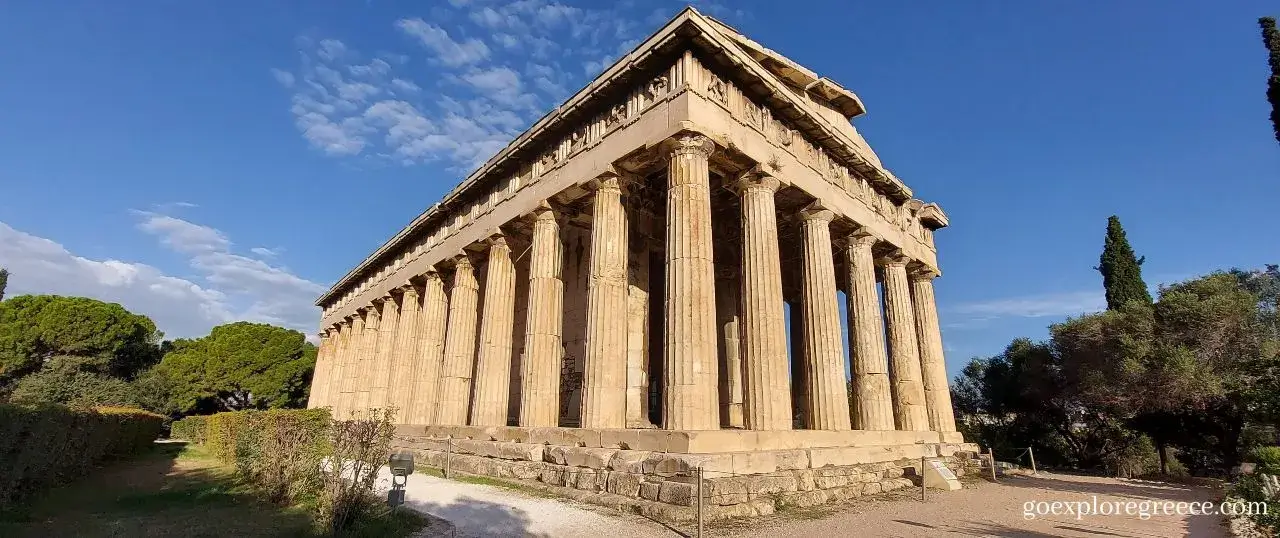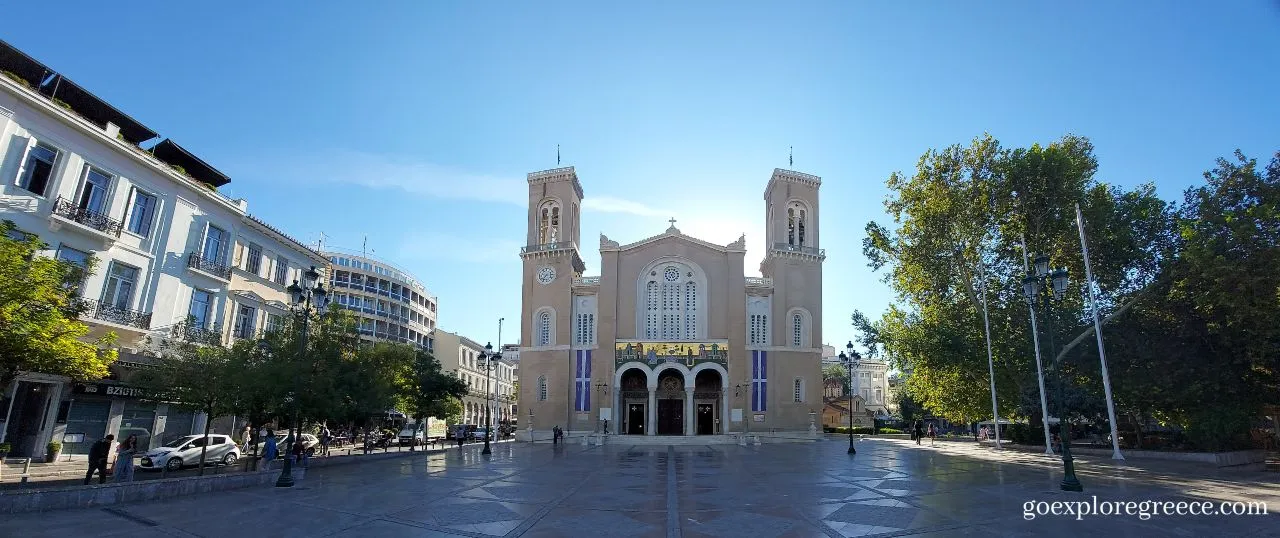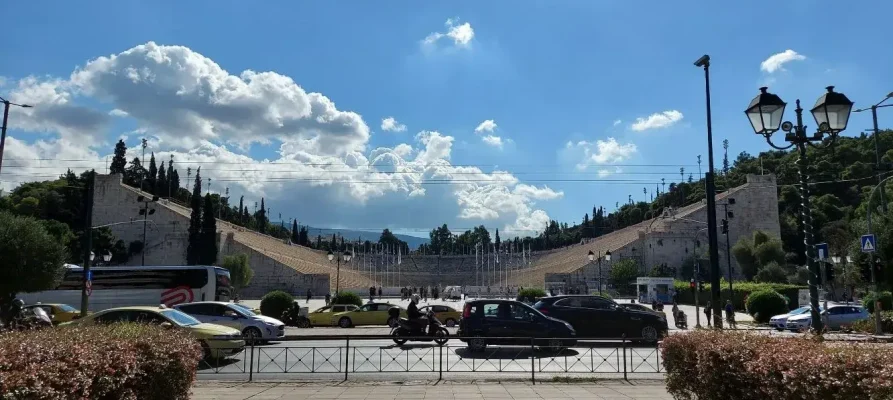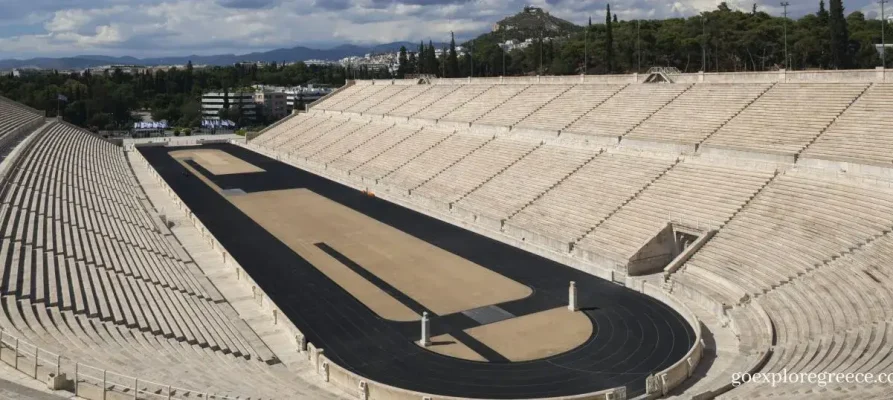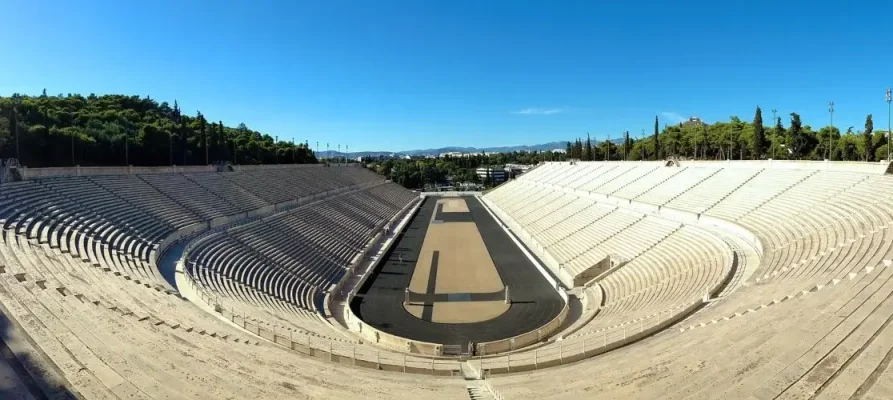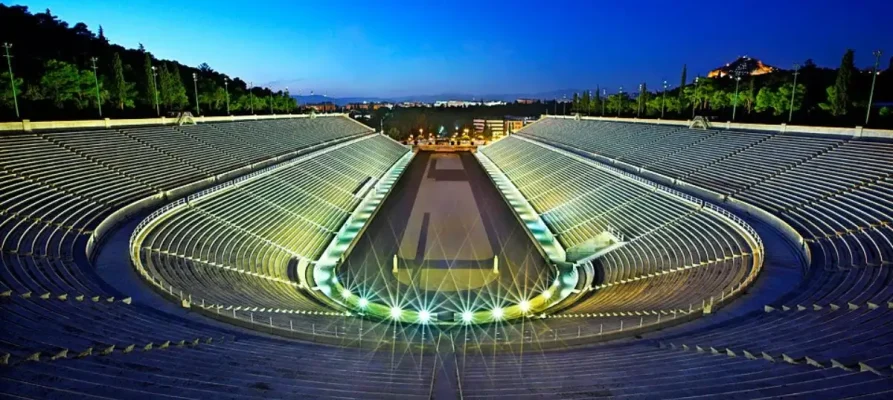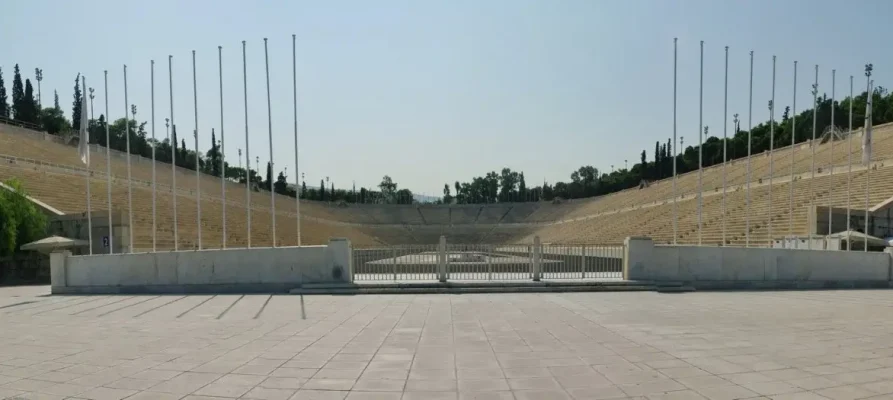Panathenaic Stadium
Panathenaic Stadium
Looking for the perfect blend of history, culture, and awe-inspiring architecture in your travel itinerary? Then let me tell you about the Panathenaic Stadium, an attraction that is easily one of the best things to do in Athens. This remarkable place isn’t merely a stadium – it’s a gateway into Greece’s glorious past, which has seen the rise and fall of great civilisations, epic Olympic Games, and monumental cultural festivals.
Nestled between the leafy Ardittos Hill and the vibrant neighbourhood of Kolonaki, just a few minutes walk from the Goulandris Museum of Contemporary Art, this, this stadium stands as a shining beacon of Athens’ rich historical tapestry. The first time I strolled up to this monument, I remember feeling a thrilling shiver of anticipation, realising I was about to tread the same ground where ancient athletes once competed. Let me assure you, it’s an experience that history and sports enthusiasts should take advantage of.
The Panathenaic Stadium, also known as Kallimarmaro, meaning ‘beautifully marbled’, was initially built around 330 BC by the Athenian statesman Lykourgos. Designed for the Panathenaic Games, which celebrated Athena, the city’s patron goddess, this stadium was an architectural marvel of its time. Imagine the grandeur of an imposing, horseshoe-shaped stadium crafted entirely of gleaming white marble, capable of seating an impressive 50,000 spectators.
As you walk around the stadium, it’s hard not to marvel at the way it’s been preserved and cherished over the centuries. Fast forward to the Roman period, the stadium was renovated and expanded by Odeon of Herodes Atticus, an influential Athenian, in 144 AD. It was again revitalised for the inaugural modern Olympic Games in 1896, breathing new life into this ancient monument.
As you explore the ‘beautifully marbled’ stadium, the blend of ancient history and modern activities becomes palpable. You’re not just in the heart of Athens anymore; you’re journeying through time, steeped in echoes of Greek history and Olympic glory. It’s one of those “things to do” that bridges the gap between the past and the present, offering an unrivalled historical experience.
While you’re there, don’t miss the chance to follow the footsteps of champions along the track. Feeling the solid, cool marble beneath your feet gives you a visceral sense of connection with the athletes of yesteryears. There’s something quite inspiring about retracing the paths of those who competed in the stadium, channelling the spirit of ancient sportsmanship.
The Panathenaic Stadium also houses an Olympic Museum, an absolute must-see among the many “attractions” it offers. The museum displays a collection of Olympic torches and posters from different Olympic Games, a visual journey through the evolution of this global event. I’ve always found it fascinating to see the transformation of the Olympic torches and the stories they silently tell.
Just a short stroll from the bustling streets of Kolonaki, the stadium also offers a great respite from the city’s hustle and bustle. The stadium’s surroundings are lush and green, a welcome oasis in the city’s heart. The whispering gallery is another highlight – it’s said that you can hear a whisper from across the stadium, a testament to its phenomenal acoustics.
The Panathenaic Stadium, one of the quintessential “ancient sites in Athens”, should be high on anyone’s list of “things to do”. It’s more than a sightseeing location; it’s a living testament to Greece’s profound history, bearing witness to the origins of sportsmanship and athletic competition.
To sum up, whether you’re a history buff, a sports fan, or a traveller seeking unique experiences, the Panathenaic Stadium has something for everyone. Walking around its oval track, sitting on the cold marble seats, taking in the sheer size of the stadium – it’s an awe-inspiring experience that can’t be replicated anywhere else in the world. It’s not just a walk through a monument; it’s a walk through history.
You might also fancy a quiet, contemplative moment at the top of the stadium. From there, you can enjoy a panoramic view of Athens, with the city’s modern skyline framed against the backdrop of the stadium’s ancient marble tiers. It’s a breathtaking sight that encapsulates the essence of Athens – a city where the old and new seamlessly coexist.
And it’s not just about the past. The Panathenaic Stadium is still in use today, hosting music concerts and cultural events, thus retaining its relevance and continuing its tradition of bringing people together. This constant buzz of activities ensures that the stadium remains more than a static, ancient site; it’s a dynamic space where history and the present intersect.
But the stadium is more than just an ‘activity’ to be ticked off your list. It’s an emblem of the city’s past, a symbol of its cultural wealth, and an essential part of the Athenian identity. As you leave, you’ll carry with you photos and memories and a deeper understanding and appreciation of Athens’ historical and cultural significance.
So when you’re looking for “things to do in Athens”, consider returning to the Panathenaic Stadium, one of the most intriguing “ancient sites” in Athens. It’s more than a sightseeing location; it’s a living monument, a bridge between the past and the present, a testament to the enduring spirit of Athens.
Accessibility is a critical consideration for travellers. The Panathenaic Stadium has ensured that all visitors, including those with disabilities or impairments, can enjoy their experience. There are specially designed routes for people with mobility impairments and wheelchair users, ensuring they can comfortably and safely navigate the stadium. A significant part of the venue, including the museum and main stadium area, is accessible.
Moreover, the stadium staff are known for their friendliness and readiness to assist visitors with special needs, ensuring a welcoming and inclusive environment. While some parts of this ancient monument might present a challenge due to its age and original design, the stadium’s administration has endeavoured to ensure it is as accessible as possible.

